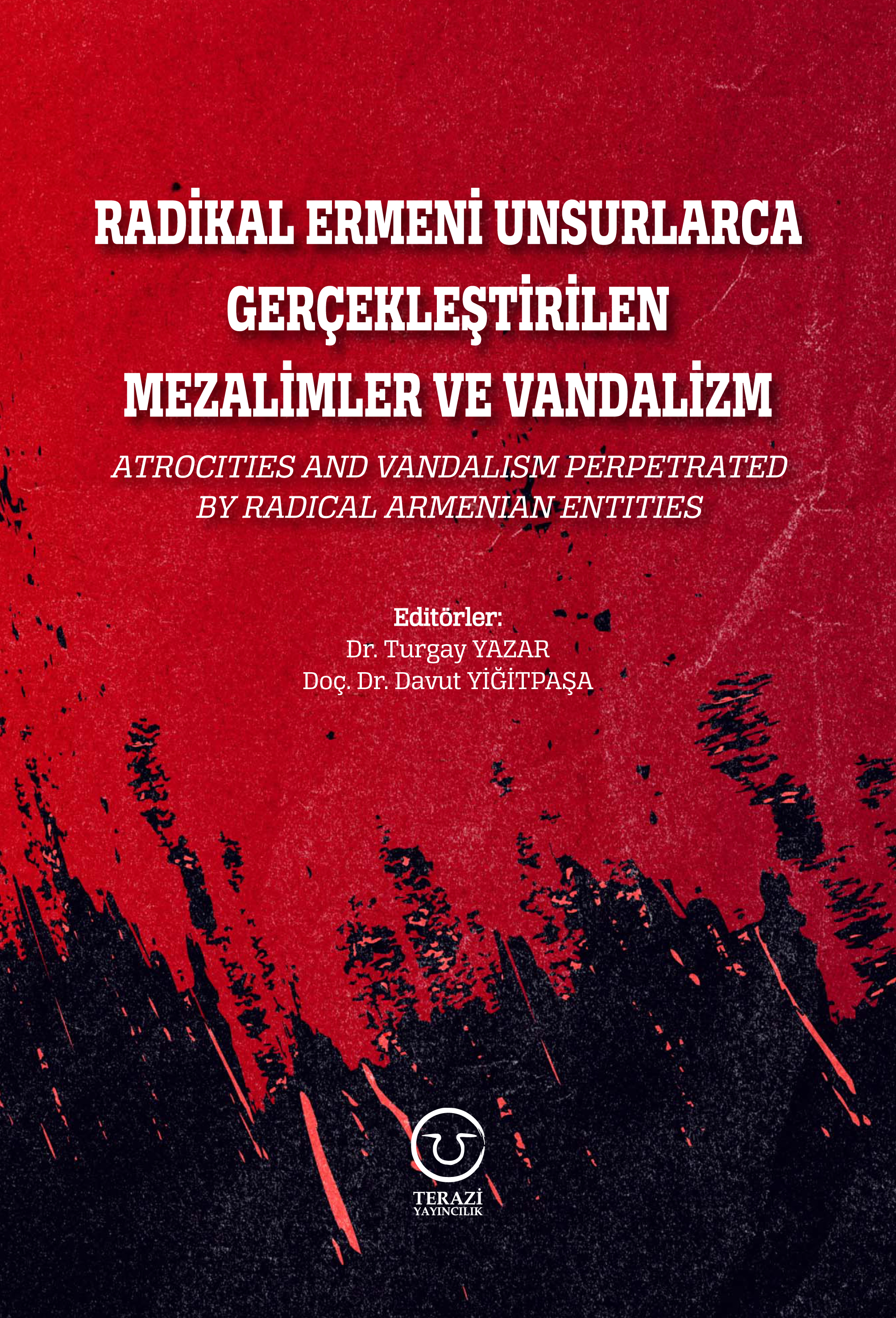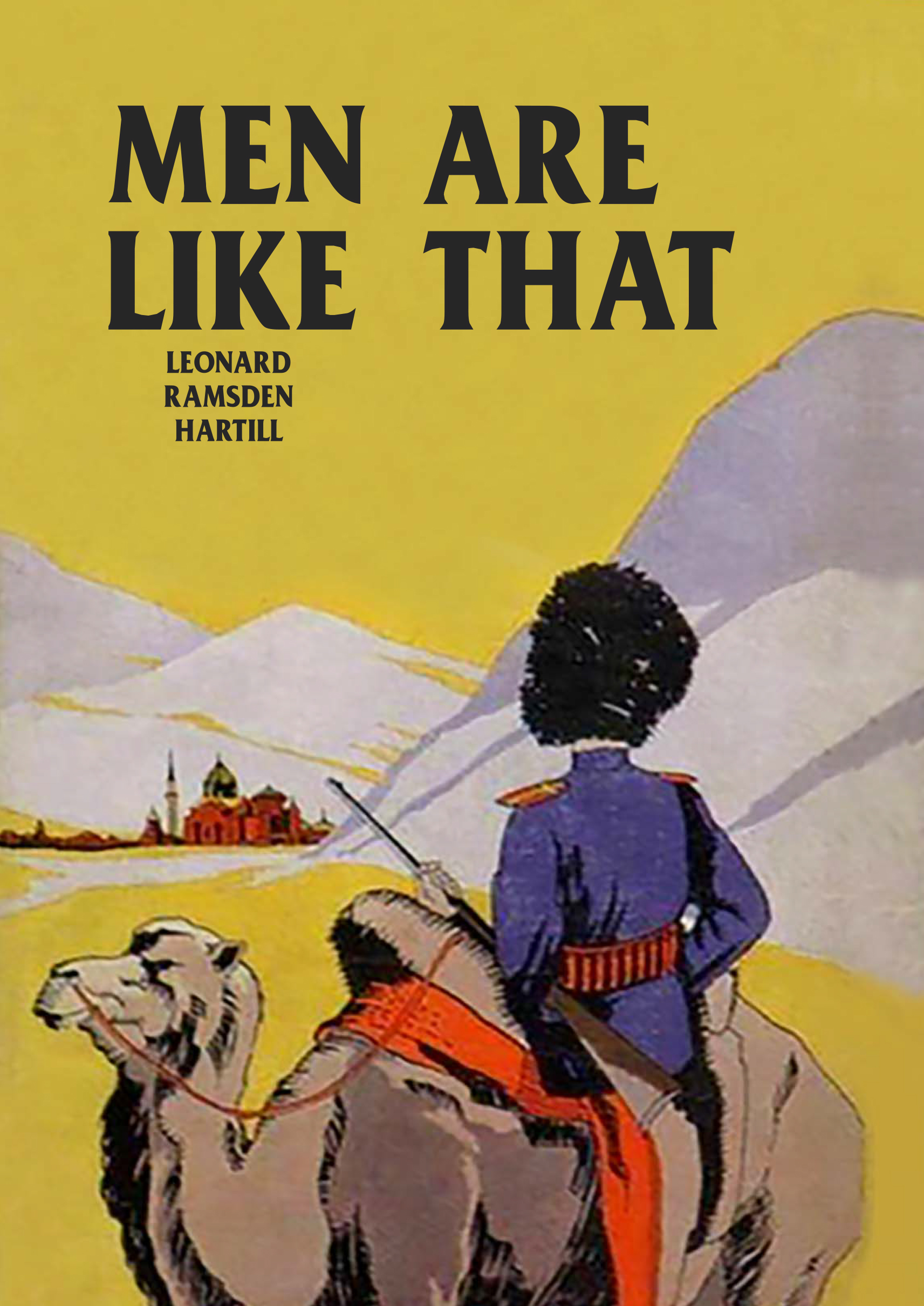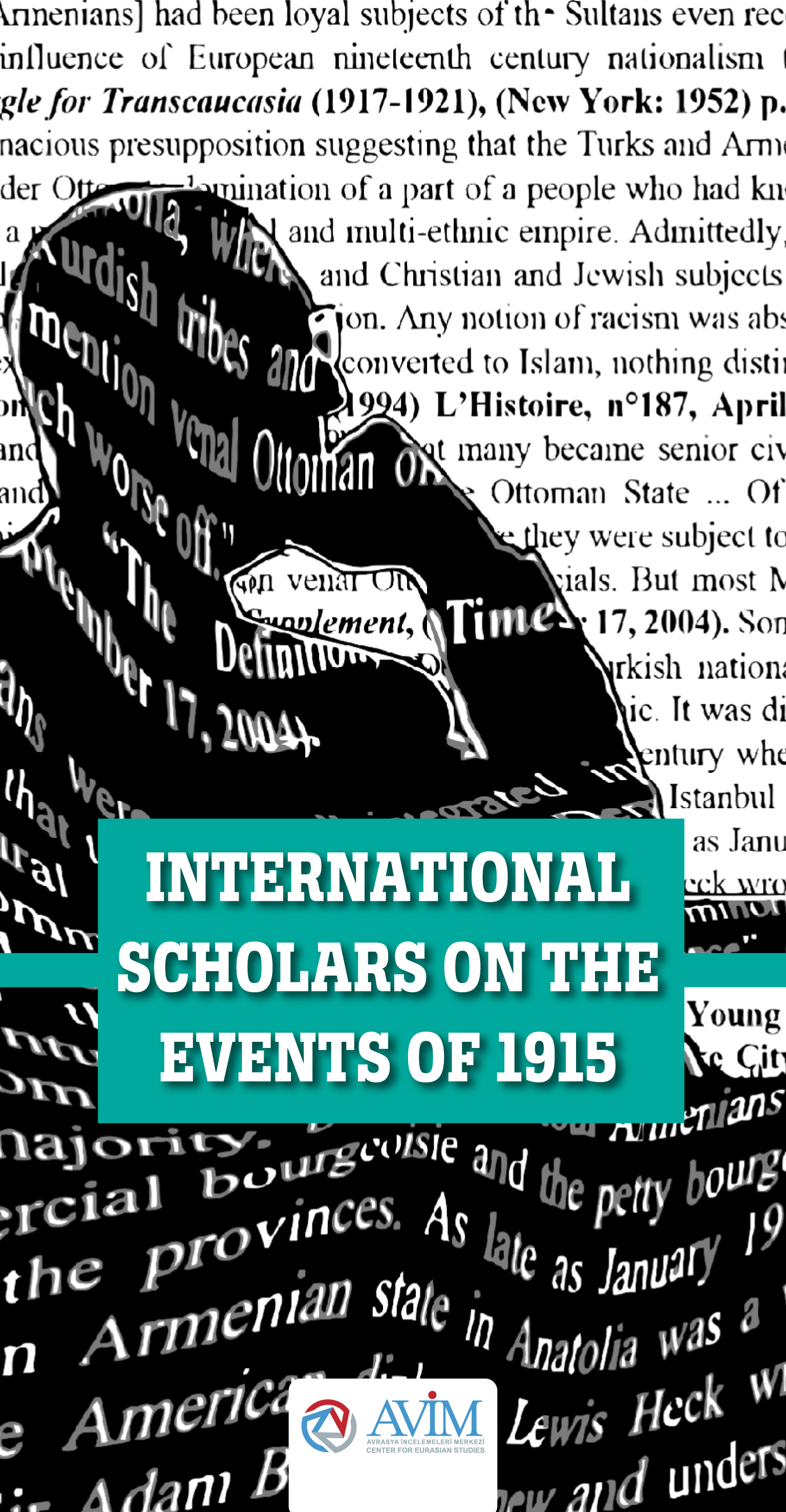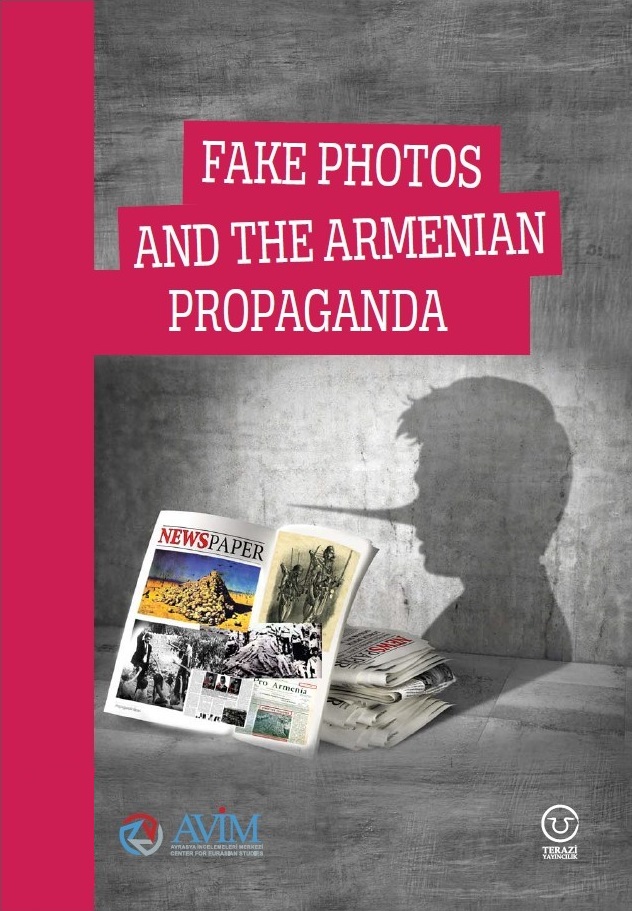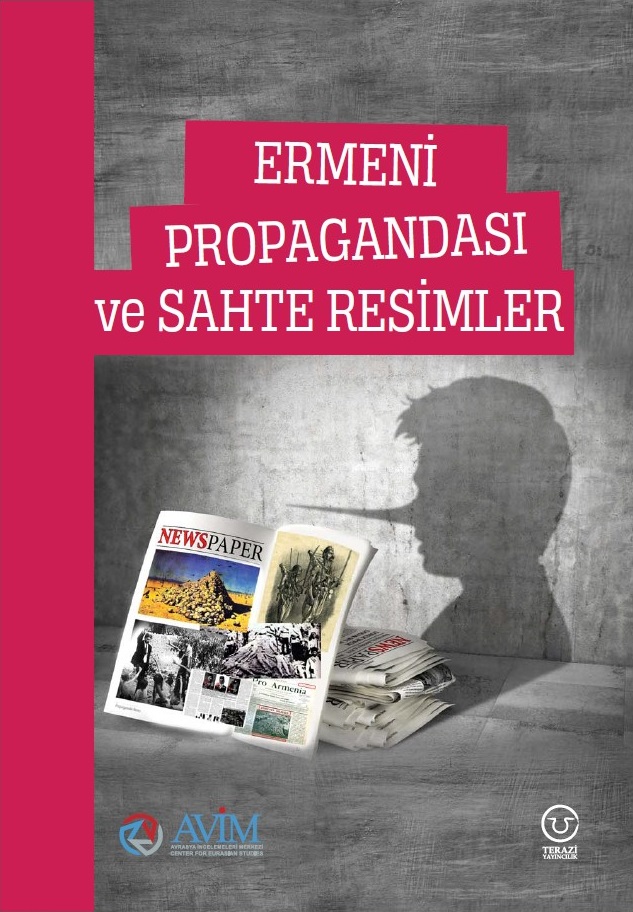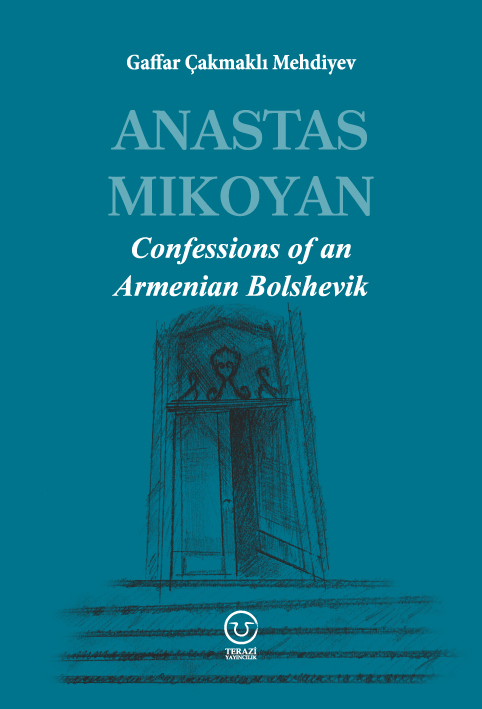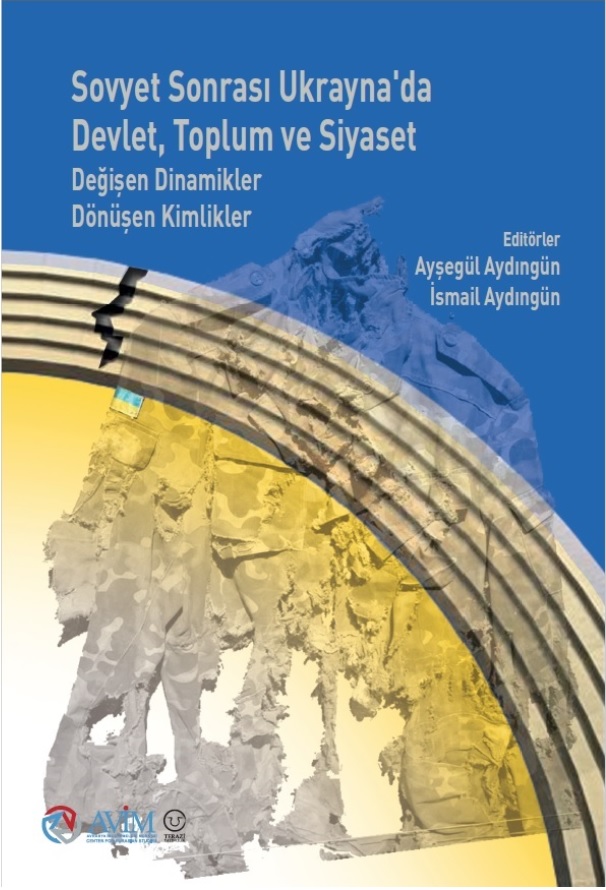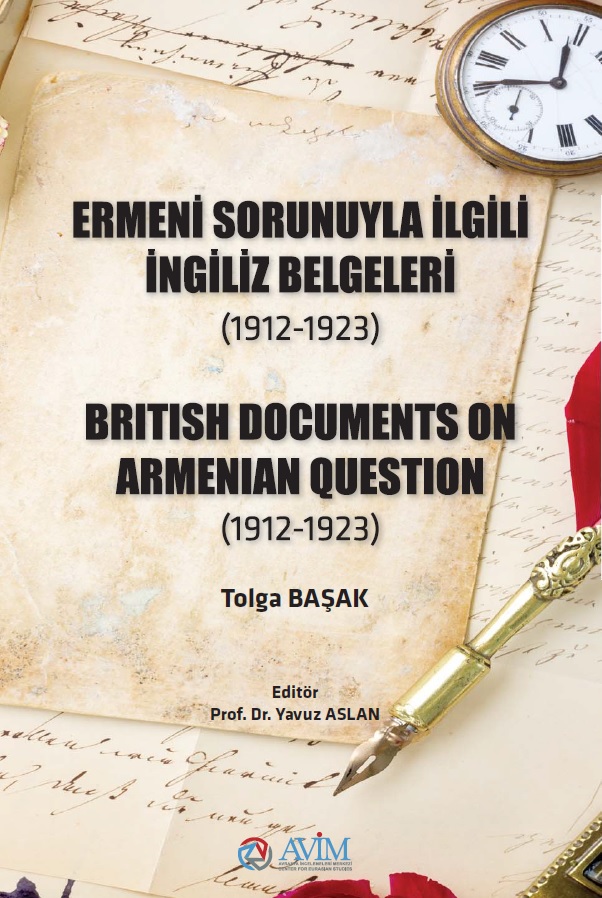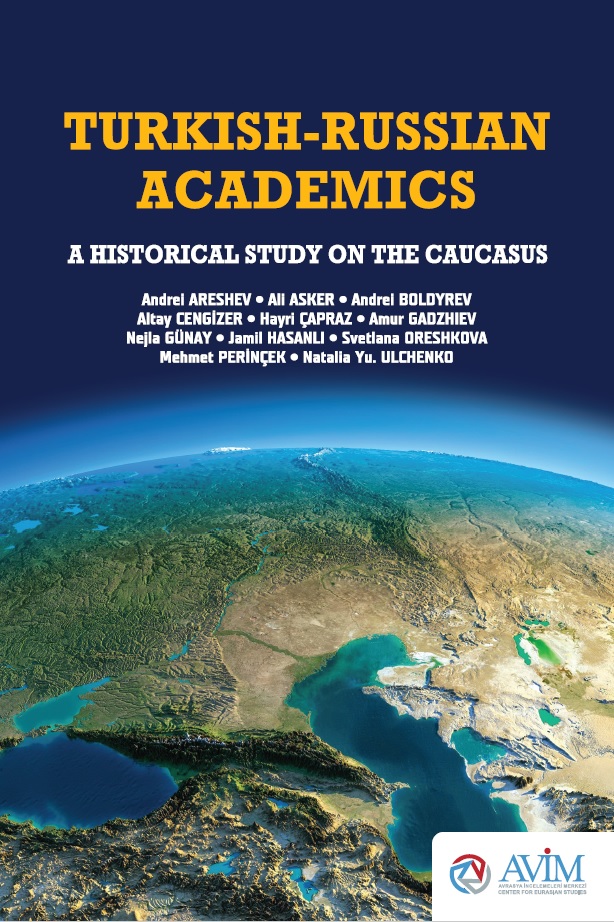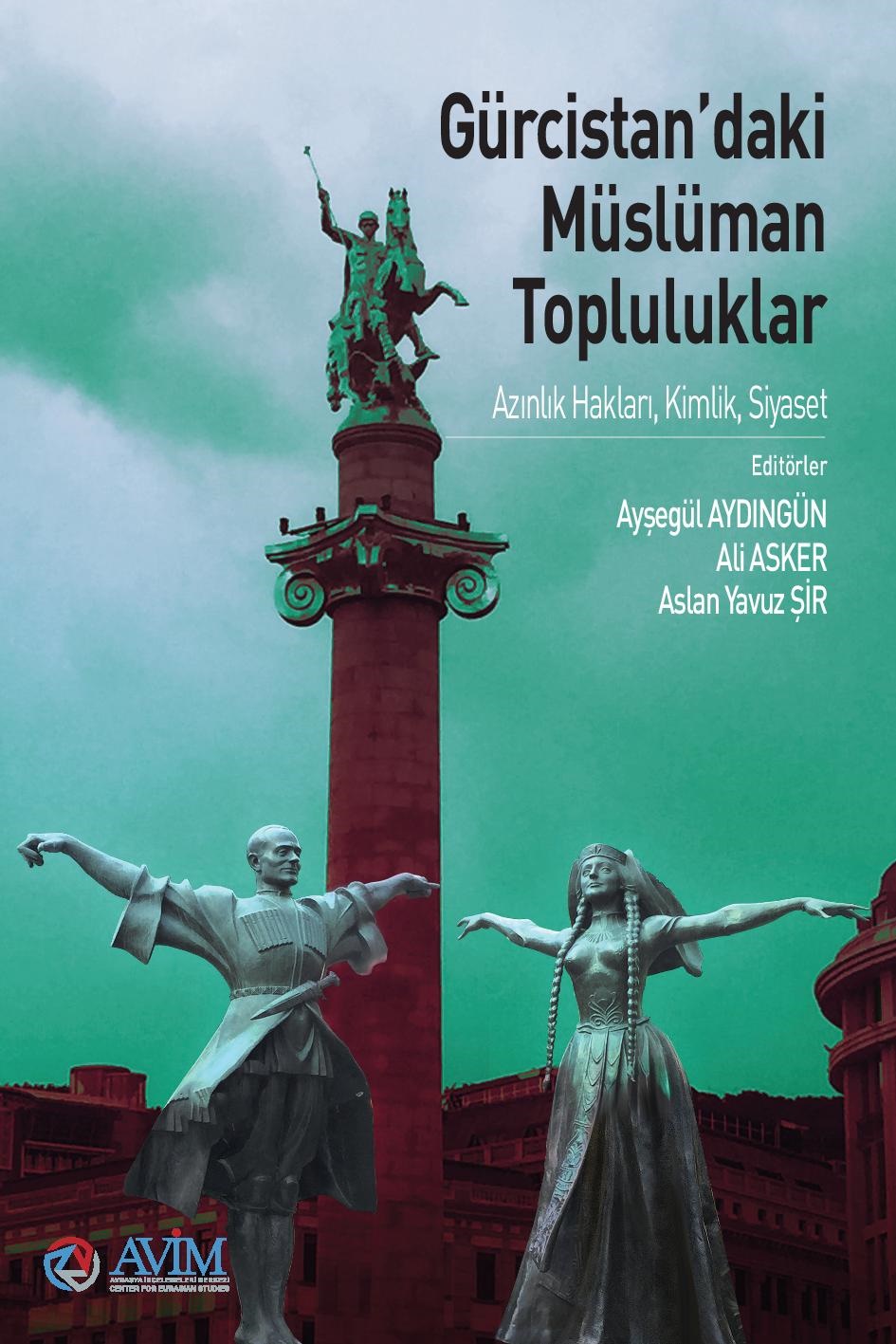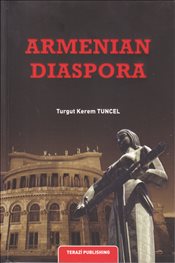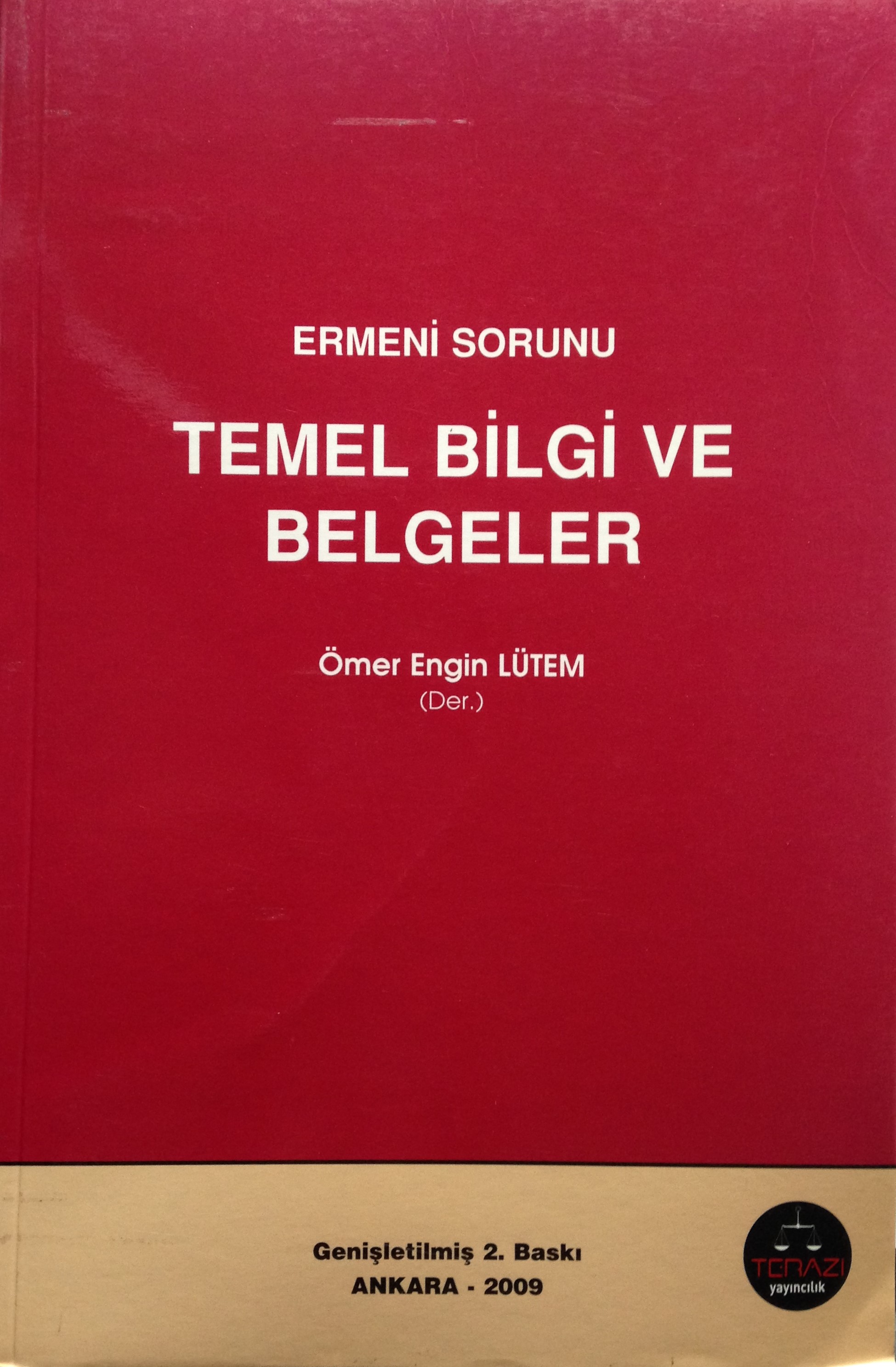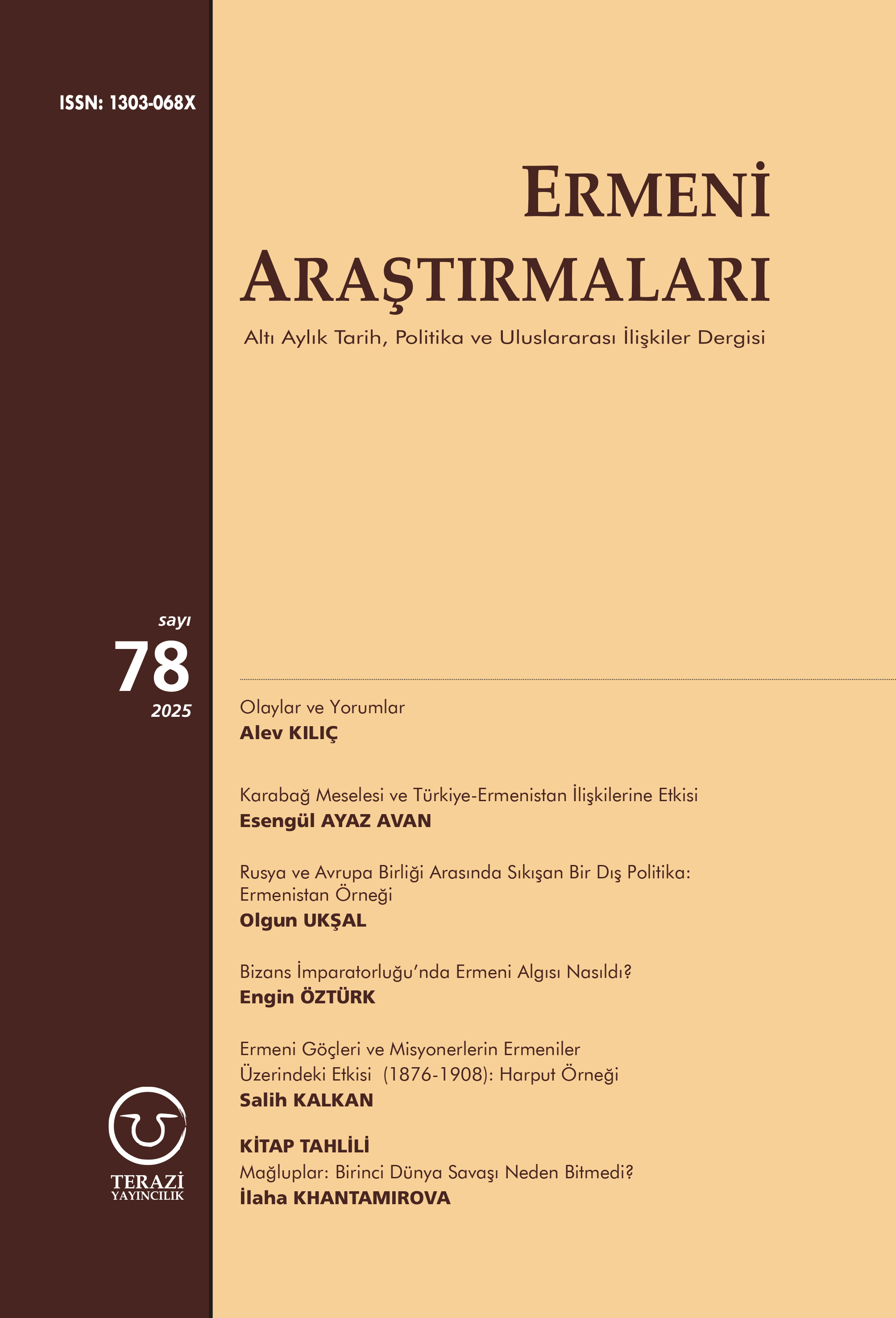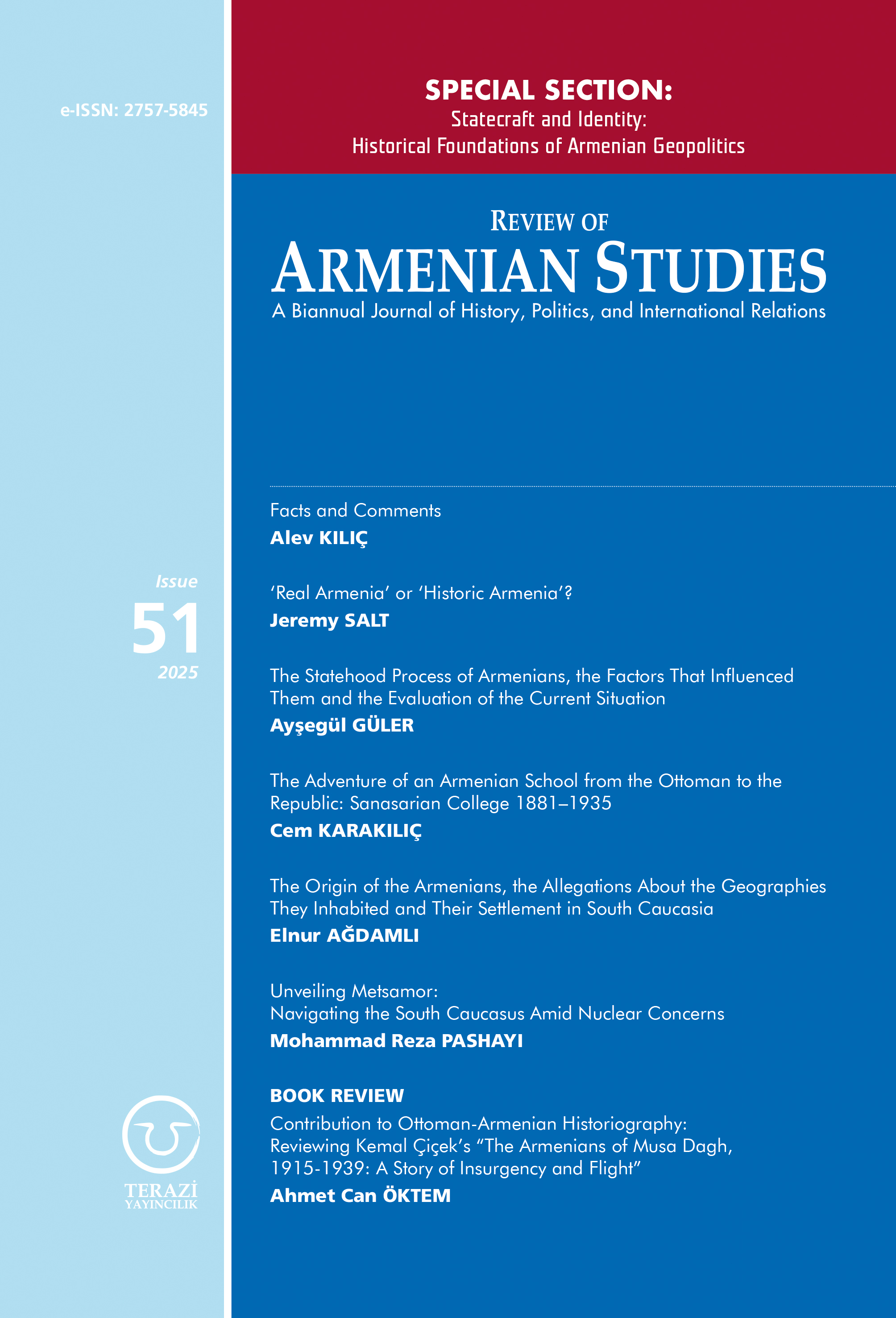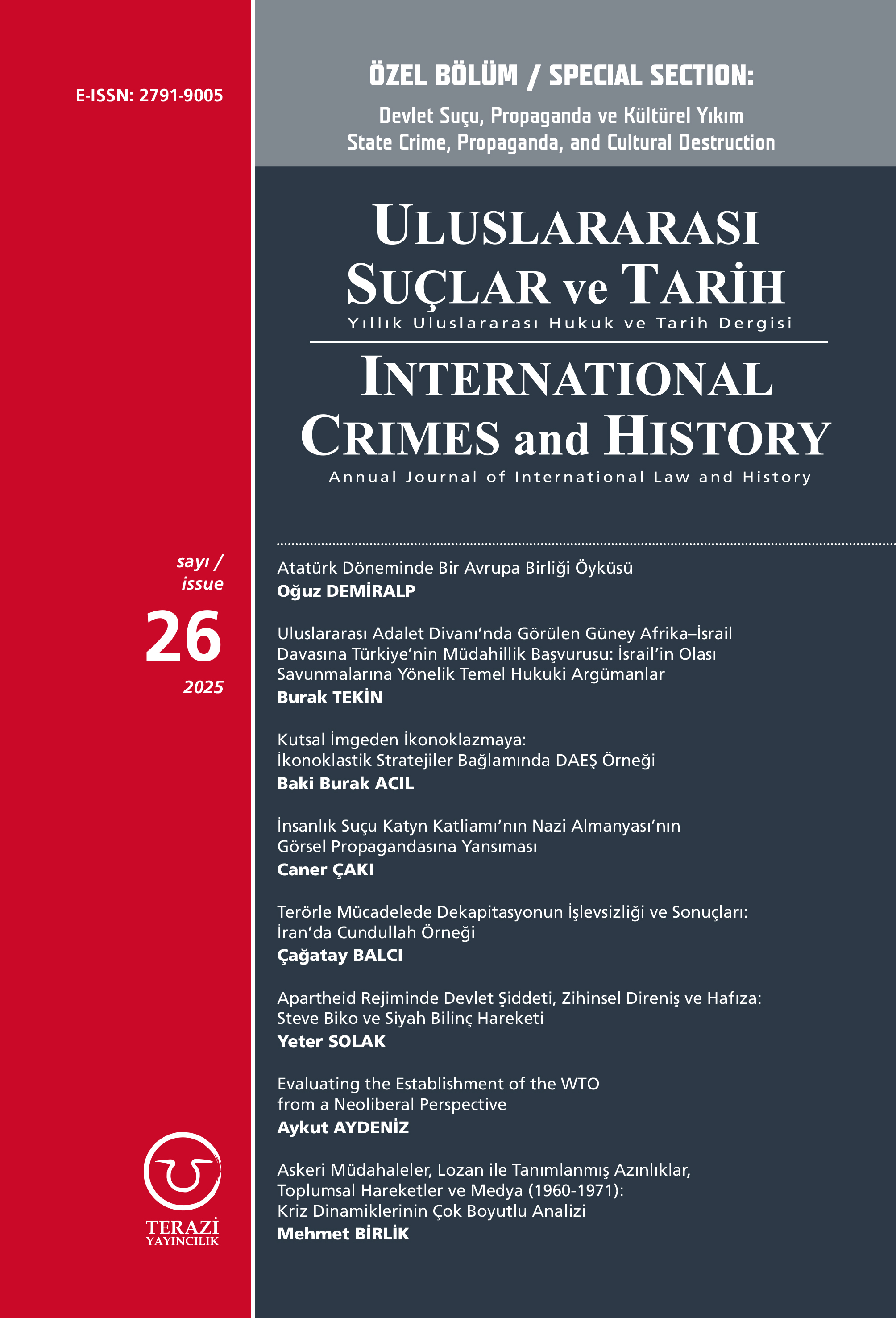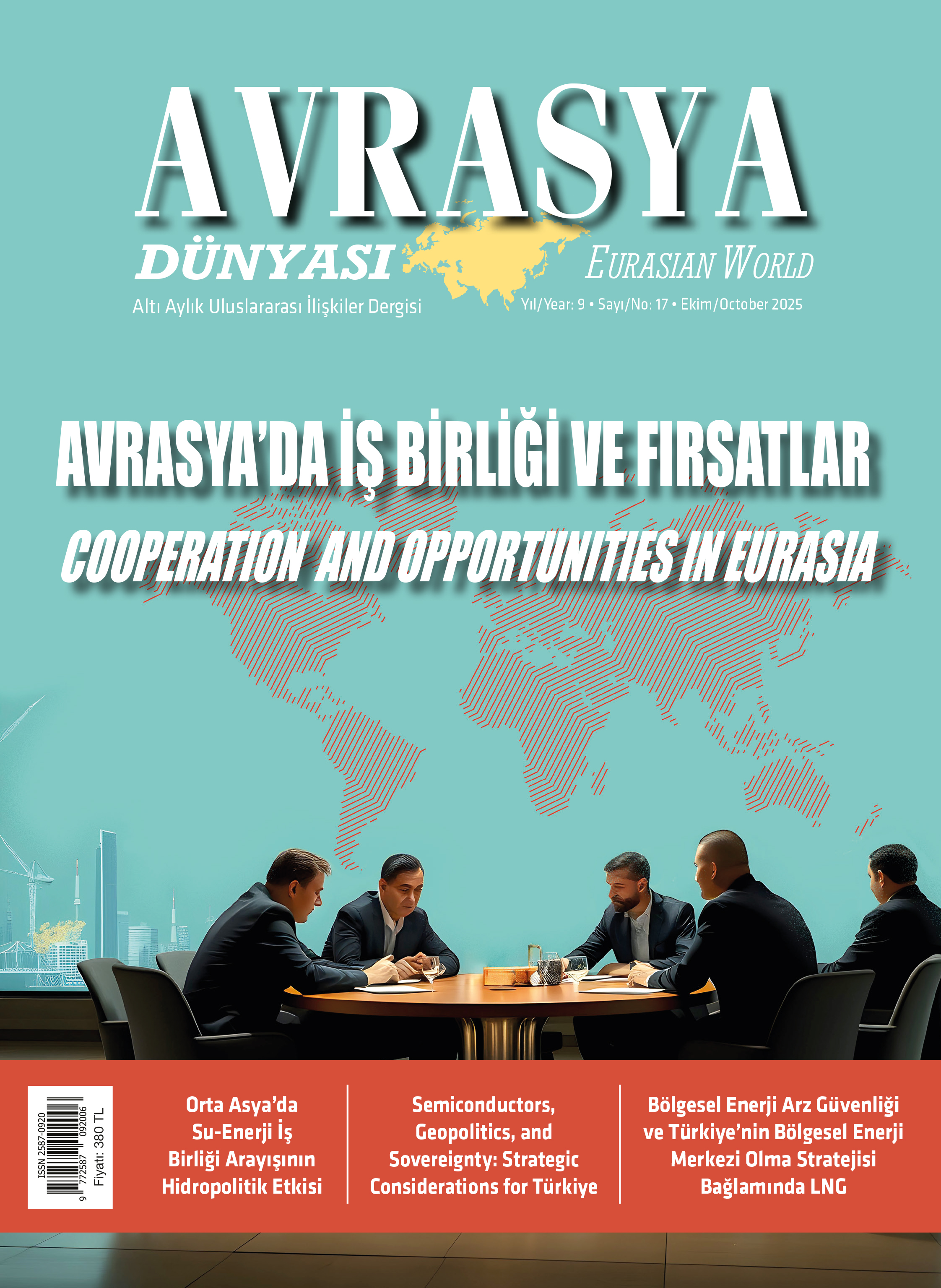Download PDF :


The 76th issue of the Ermeni Araştırmaları journal contains one editorial, four research articles, and one translated article.
In the editorial titled "Olaylar ve Yorumlar" ("Facts and Comments"), Ambassador (R) Alev Kılıç reviews the internal developments in Armenia between June-October 2024, the foreign dynamics, the developments in the Peace Agreement process with Azerbaijan, Türkiye-Armenia relations, the course of the normalization process between the two countries and other subjects. In Armenian domestic politics, the Nikol Pashinyan administration has had to take steps back and retract some of its statements in the face of an extreme and disruptive opposition backed by the radical-militant wing of the Diaspora, foreign powers supporting the former administration, and the Church. Pashinyan's approach towards constitutional amendments was an important indicator. The normalization process that started in the relations with Türkiye continued its positive course, and the increase in high-level contacts and reciprocal communication during the period was a sign of mutual detente. On the other hand, Armenia has continued its attempts to approach and seek counterbalancing with countries that are known of having anti-Türkiye sentiments or countries with strained relations with Türkiye. In addition, Armenia's attempts to act together with countries with entrenched attitudes towards Türkiye or with countries that have conjunctural conflicts with Türkiye have continued uninterruptedly.
In our 76th issue, the first research article is Fatma Jale Gül Çoruk's work titled "Görsel Metin Analizi: ABD’de Basılan ve Ermeni İddialarını Konu Alan Kitap Kapakları (1896-2023)" ("Visual Text Analysis: Book Covers Printed in the US Regarding the Armenian Allegations (1896-2023)"). In her article, Çoruk conducted a visual text analysis study on the covers of books regarding Armenian allegations published in the US. The plain and connotative meanings of the texts and images on the covers were examined and the messages intended to be conveyed on the covers were analyzed. In the study, an intentional sampling was made by reviewing the most striking examples related to the subject. Roland Barthes' method of semiotic analysis was used to analyze the book covers.
The second article is Doğanay Eryılmaz's work titled "Ermeni Kimliğinde Hristiyanlık, Alfabe ve Tarih Yazıcılığının Belirleyici Rolü" ("The Determinative Role of Christianity, Alphabet and Historiography in Armenian Identity"). In this study, Eryılmaz deals with the creation of the Armenian alphabet as a result of the Armenians' conversion from pagan religion to Christianity and their efforts to create an identity, and thus the establishment of religious and linguistic autonomy for Armenians. Adopting Christianity united Armenians under the umbrella of a religion and protected them against the threat of assimilation. The creation of the alphabet not only Armenianized this religion, but also gave the Armenian people a literature. Movses Khorenatsi's “Armenian History” book gave them a historical background dating back to ancient times and created their identity.
The third article is Cem Karakılıç's work titled "Osmanlı-Türk Tarihi Araştırmalarında Özgün Bir Kaynak: Ermenice Salnameler" ("An Original Source in Ottoman-Turkish History Studies: Armenian Yearbooks"). In his study, Karakılıç analyzes the Armenian yearbooks published during the Ottoman Empire and the Republic of Turkey in the context of Ottoman-Turkish historiography. The study is formulated in two parts. In the first part, a panoramic framework is prepared by focusing on the publication life of Ottoman Armenians. In the second part, Armenian yearbooks, almanacs and calendars published in the Ottoman and Republican periods are presented and the importance of these sources in terms of Ottoman-Turkish historical research is emphasized.
The fourth research article is Fulya Aktaş's work titled "Sevk ve İskân Sürecinde Balya’da Ermeniler" ("Armenians in Balya During the Relocation and Resettlement Period"). In her study, Aktaş examines the impact of the Armenian population residing in the Balya sub-province, most of whom were settled temporarily with the Relocation and Resettlement Law, and on the social, demographic and economic activities in the region. Aktaş also includes information on the regional repercussions of the Ottoman Empire's policies related to the Armenians and the region's cultural background.
Our issue also includes a translated article. Nicholas Adontz's work titled "Role of the Armenians in Byzantine Science" has been translated from English into Turkish by Engin Öztürk under the title “Bizans Biliminde Ermenilerin Rolü”.
To access the 76th issue, please click here



